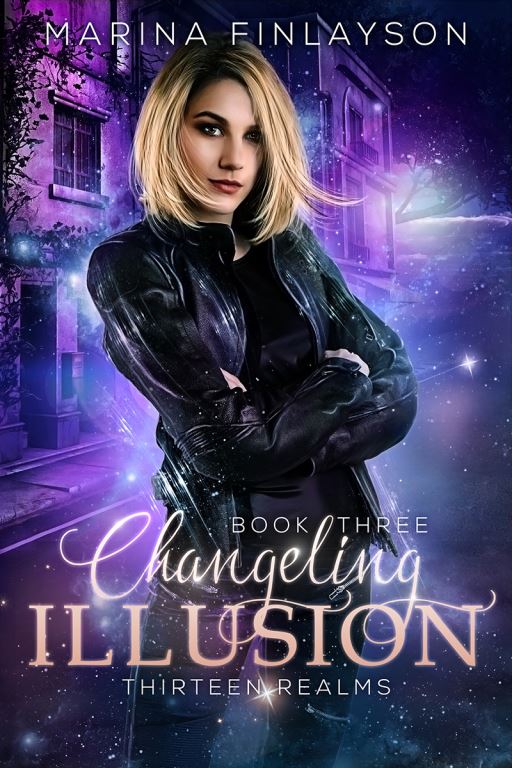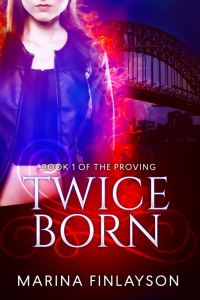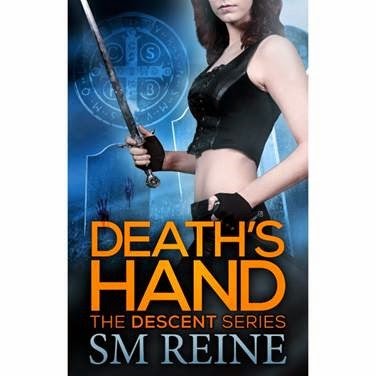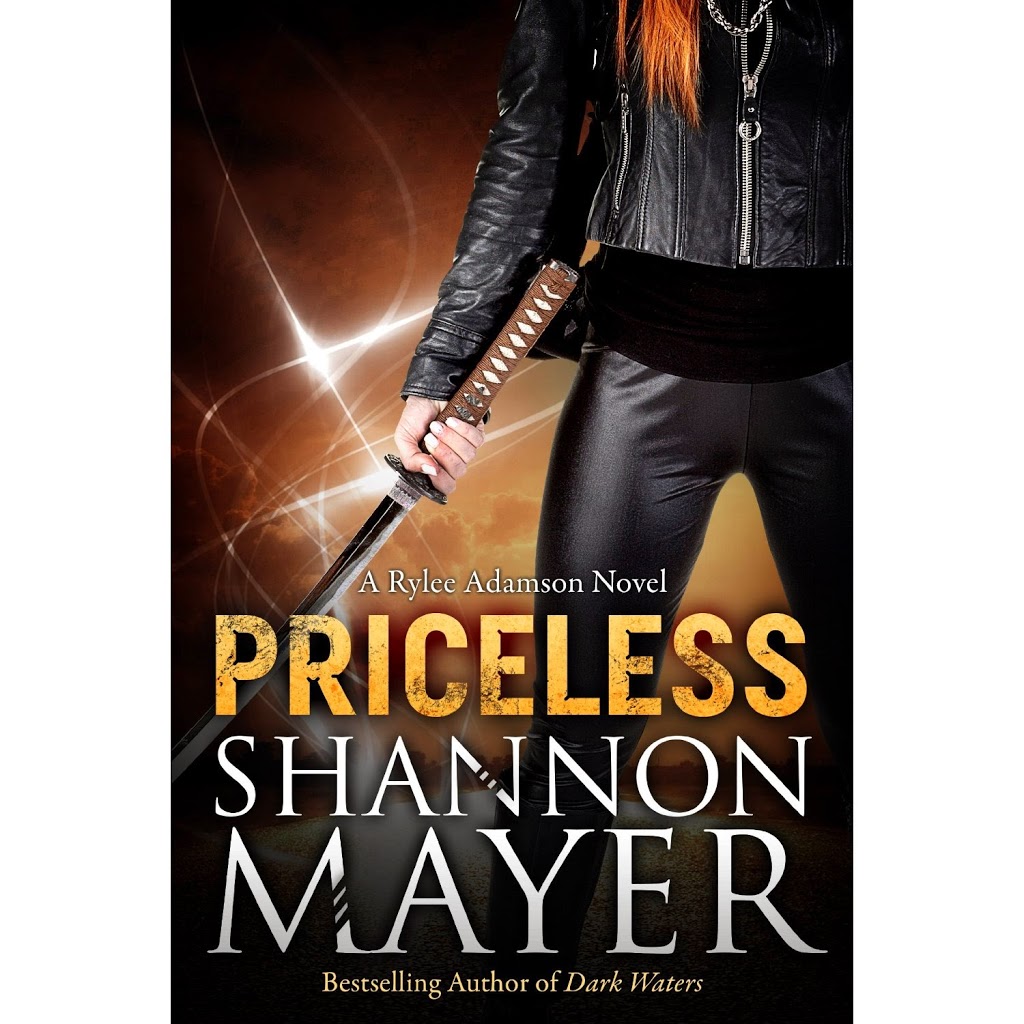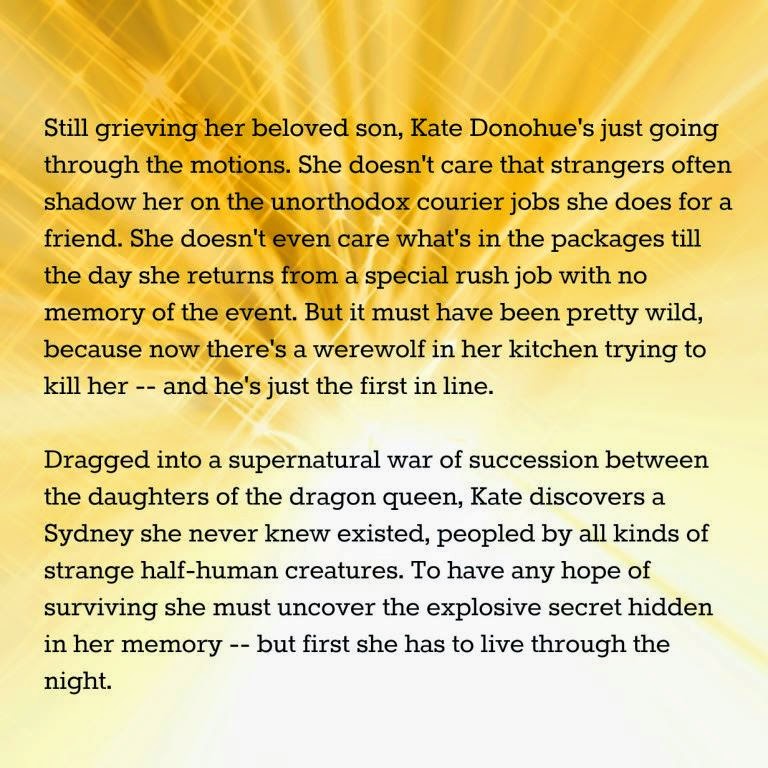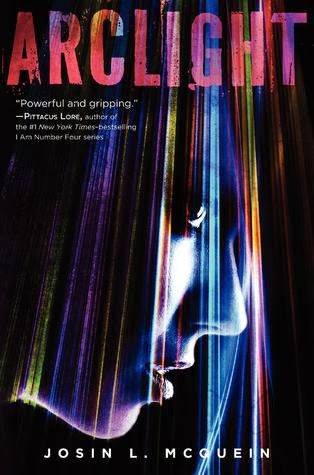So, you’ve published your first book—congratulations! That’s a huge achievement. Enjoy that feeling of accomplishment. But not for too long! Your readers will be waiting for the next book, particularly if the first one was the start of a series.
That should make it easier, right? If you’re writing a series, you’ve already introduced the main characters and set up some worldbuilding. Maybe you’ve even introduced a series-long problem for your main character to solve. If you’re really lucky, you might already know what the second book is going to be about. Piece of cake!
Or not.
Take The Twiceborn Queen. The mystery of Kate’s memory loss and what was really going on there, plus a big plot twist I won’t mention in case you haven’t read Twiceborn yet, were the things that made Twiceborn such fun to write. But those things were dealt with in Book 1, and Book 2 was going to be a much more straightforward action adventure as a result. I knew who Kate’s two main rivals were, and that by the end of the book she needed to defeat them. But how? And what was the rest of the story going to be about? “Kate defeats X and Y” is only five words long after all, and I needed about 90,000 words to make the book about the same length as Twiceborn. What were the other 89,995 going to say?
In fact, I was so uninspired that I took a year off and wrote a different book that had nothing to do with Kate and her problems, one that I felt enthused about writing. Meanwhile The Twiceborn Queen hung over my head, making me feel all kinds of inadequate. I’d loved writing Twiceborn! Why did the thought of continuing the story make my brain cells run screaming for cover?
Maybe it’s just me, and other writers don’t have this trouble. But maybe second-bookitis is a thing, and it might be helpful to some other writer to hear how I got over this horrible affliction.
First off I started by listing all the unresolved issues and sources of ongoing friction that remained from Book 1. Twiceborn was a complete story in itself, but I’d left a few loose threads hanging in the larger, trilogy-spanning story. Then I brainstormed for each one, thinking of all the possible things that could happen as a result.
Don’t censor your ideas at this stage! Write down everything that occurs to you, even if it seems like crap. Sometimes that crap will spark some of your best ideas. Try to stretch a bit, and think of some really outlandish possibilities. It’s all grist to your imagination’s mill.
Some of the ideas I came up with were clearly never going to fly, but I highlighted the ones that seemed useable, and at least the beginnings of a story started to emerge. I jumped in and started writing. Things went along quite well for a while, but eventually I got stuck again.
This is the part where having at least one completed novel under your belt really helps. You know you can do this, because you’ve done it before. Cast your mind back to what helped you when you got stuck on the first one. Long soaky baths? Going for walks? Timed writing exercises? Bouncing ideas off a friend? Whatever it was, try that now.
In my case, I remembered the planning stages of Twiceborn, and how much fun I’d had researching some new and different mythological creatures for my shifters. So I tried that again, and came across the kitsune, the fox-women of Japan. I’d read about them as a child, but never seen them in an adult fantasy. The decision to include one led the plot in a whole new direction, and gave me a very important new character.
Even better, it got me excited about writing this book. Writing a book is a marathon, not a sprint. If you’re not bursting with excitement at the start, making it to the end is an even bigger feat of endurance.
So try to get back to that “this is gonna be so cool” feeling. What made you want to write the book in the first place? What was that initial idea that was so good you just had to turn it into a book?
Got it? Good. Now get writing. That’s the other thing I’ve learned. The more you write, the more ideas you get. Ideas beget ideas, and words beget more words. Don’t “stop to think” for more than a day otherwise, before you know it, Facebook, TV and life in general will have gotten in the way and a week will have gone by without writing—and you still won’t have any idea of what to write next. Just keep writing, fumbling your way forward through the story. There’s a quote I love from EL Doctorow: “Writing is like driving at night in the fog. You can only see as far as your headlights, but you can make the whole trip that way.”
Sometimes it helps to have a deadline. Make a booking with your editor to give yourself a little pressure to get it done. If you’re particularly brave, you could even set up a pre-order on Amazon so you have a drop-dead “finish by this date OR ELSE” deadline. (Not for the faint-hearted!)
Hopefully by the time you get to the end you’ll find, as I did with The Twiceborn Queen, that you’re completely in love with this new book, even though a couple of months before you had no ideas and zero enthusiasm. It’s like a magic trick. You’ve created something out of nothing!
Congratulations! You’ve done it again. But don’t rest on your laurels—there’s still Book 3 to write!
